Which house would you be most comfortable buying: The one in which you’ve been able to walk around? Or the one you’ve only seen on a two-dimensional picture?
The answer to that question is obvious.
It’s also the answer to why marketers need to wrap their heads around mixed reality tech. From enhanced real-world views to fully immersive experiences, these technologies all hold huge marketing potential.
Take Visual Storytelling to the Next Level With Extended Reality (XR)
In a world where we spend an increasing portion of our lives online, the struggle to stand out and cut through the noise is real. One way to do that is by adding new media and tech to the marketing mix.
What Is Extended Reality?
Extended reality is a catch-all term for augmented reality (AR), virtual reality (VR), and mixed reality (MR). Alongside visual effects (VFX), these technologies allow brands to create modern and immersive experiences that take customer experiences to a whole new level.
This evolution started in the 2010s, but it was spurred on even more by the pandemic. The socially distanced world meant that most shopping decisions were made in the digital world, and the winning brands were those who managed to create great digital experiences.
Extended reality offers new means of merging the digital and the actual in ways that create almost endless opportunities for innovative communication. But how to know which one best suits your brand’s specific needs? Let’s have a look at each technology and how it works.
AR Video – Adding an Extra Layer To Reality
VR Video – An Immersive Real-Time Experience
MR – Combining AR and VR
VFX Graphics video – Taking Visual Storytelling to The Next Level
AR Video – Adding an Extra Layer To Reality
AR is quickly growing in popularity in social media and shopping experiences. What you should know:
What is AR video?
Augmented Reality (AR) is when digital elements are added to a live view. This can be done with the help of a smartphone camera or AR devices like “smart glasses,” such as the Microsoft HoloLens. Smart glasses are transparent, and unlike VR devices, they don’t replace reality; they add an extra layer to it. Commonly known examples of augmented reality experiences are Snapchat lenses and Pokemon Go.
How does AR video work?
Since AR is merging real-world information with digital content, the AR system needs to understand its surroundings. This is done using computer vision, which is something that differentiates AR from VR.
The computer vision uses the camera feed to understand and register the world around it to show the right digital content in relation to what the user is looking at. The process of displaying the digital content realistically is called rendering.
AR video use cases
The marketing potential of AR is enormous, and many brands have started using it to let people “test” their products virtually. AR makes it possible to try out shades of lipstick or see how that carpet would fit in your living room without ever touching the actual objects. AR allows buyers to try clothes, hair colors, glasses, or interior designs, without even leaving their couch.
AR is also increasingly used for medical, engineering, and architectural purposes and to create virtual manuals instead of written ones.
In this video, users can see what different garments look like on a dress form, allowing them to better visualize what it might look like while they’re wearing it.
VR Video – An Immersive Real-Time Experience
VR has become a staple in homes around the world. Here’s what you should know:
What is VR video?
While AR adds a layer to reality, VR replaces reality. Virtual Reality (VR) is a complete, immersive experience. The physical world is shut out entirely, and with the help of a VR device such as HTC Vive, Google Cardboard, or Oculus Quest, the user is transported to a fictitious environment.
A VR headset completely replaces the real world and creates the illusion that you’re somewhere else. Some devices even come with motion sensors that detect not only the direction in which you’re facing but also every movement that you make. This allows you to move around freely in a virtual world, even though you’ll be limited to an area of a few square meters.
How does VR video work?
Often when people think of VR, they think about computer-generated images (CGI). But VR can also be filmed in the real world. The most significant difference between VR filming and regular filming is what camera is used. For virtual reality filming, omnidirectional cameras are used to capture footage of every direction at once.
VR Video Use Cases
One great way to make use of VR is in virtual tours. Whether you’re selling real estate or planning a new mall, VR allows your potential customers to experience that space long before it exists in the real world.
VR can also be used for gamification purposes to introduce more interactive elements in marketing. A fun example is McDonald’s Happy Goggles that offered a simplified VR experience for kids. The fast-food chain created a Happy Meal Box that could be folded and turned into a VR headset.
MR – Combining AR and VR
Mixed reality (MR) is gaining popularity, and here’s what you should know for your business:
What Is MR Video?
Mixed reality video blends AR and VR to create an immersive experience that blends real-world surroundings with virtual-world elements. MR allows users to view 3D virtual environments like in VR and add AR layer elements while still interacting with the world around them.
How Does MR Video Work?
As with AR, MR relies on computer vision, graphical processing, display tech, and quick computing to understand the world around it and create a realistic VR overlay that users can interact with.
MR Video Use Cases
MR video has become especially popular in technical training environments, such as teaching how to assemble airplanes or treating patients in the operating room. It can also create exciting, immersive experiences in gaming and other entertainment mediums.
In this video, notice how the individual “wears” a suit of armor that responds to their movements and a menu appears to select additional customization options. Almost anything is possible in mixed reality.
VFX Graphics video – Taking Visual Storytelling to The Next Level
Here’s what you should know about VFX—especially when it comes to your marketing endeavors:
What is VFX video?
Visual effects (VFX) is when imagery is created or manipulated separately, outside of actual footage, and then integrated into the shoot to create a realistic video. This can, for example, involve computer-generated imagery that would be too expensive, dangerous, time-consuming, or simply not possible to capture on film.
Visual effects based on computer-generated imagery (CGI) have become more accessible over time, with the rise of affordable and user-friendly animation software.
How does VFX video work?
With VFX, filmmakers can create and integrate environments, objects, and creatures into actual footage in a way that would be impractical or impossible to film. VFX often involves the integration of computer-generated imagery (CGI) with live-action footage. The VFX are added after the shooting, in post-production, making anything possible in terms of video content.
VFX Video Use Cases
VFX offers a very efficient way to enhance and improve your videos and make your marketing message come alive. This video created for EXOS showcases how VFX can take visual storytelling to the next level and introduce new dimensions to live-action footage. When it comes to VFX, there’s no limitation but imagination. We frequently leverage VFX in our projects to create stunning videos that impress audiences and elevate the brands we work with.
Which Extended Reality Medium Is Right For You?
When choosing between AR, VR, and VFX, the first thing to consider is what you want to achieve with your video production.
Are you aiming to create a smoother online buyer journey?
Then Augmented Reality can be the perfect tool for letting your customers “try” your product in a virtual environment.
Do you want to sell something that does not yet exist and needs to be visualized?
Virtual Reality allows buyers to actually experience products, concepts, and places that are yet to be created.
Do you need to create robust, immersive experiences to teach or entertain?
Mixed reality is one of the best ways to blend the virtual world with the real world.
Or are you sharing a marketing message or telling a story?
Then Visual Effects will allow you to enhance your visual storytelling and add artificial layers to actual live footage.
Either way, we’re happy to help you take the next step.
Would you like to learn more about how Covalent can help your brand stand out with extended reality video? Get in touch!
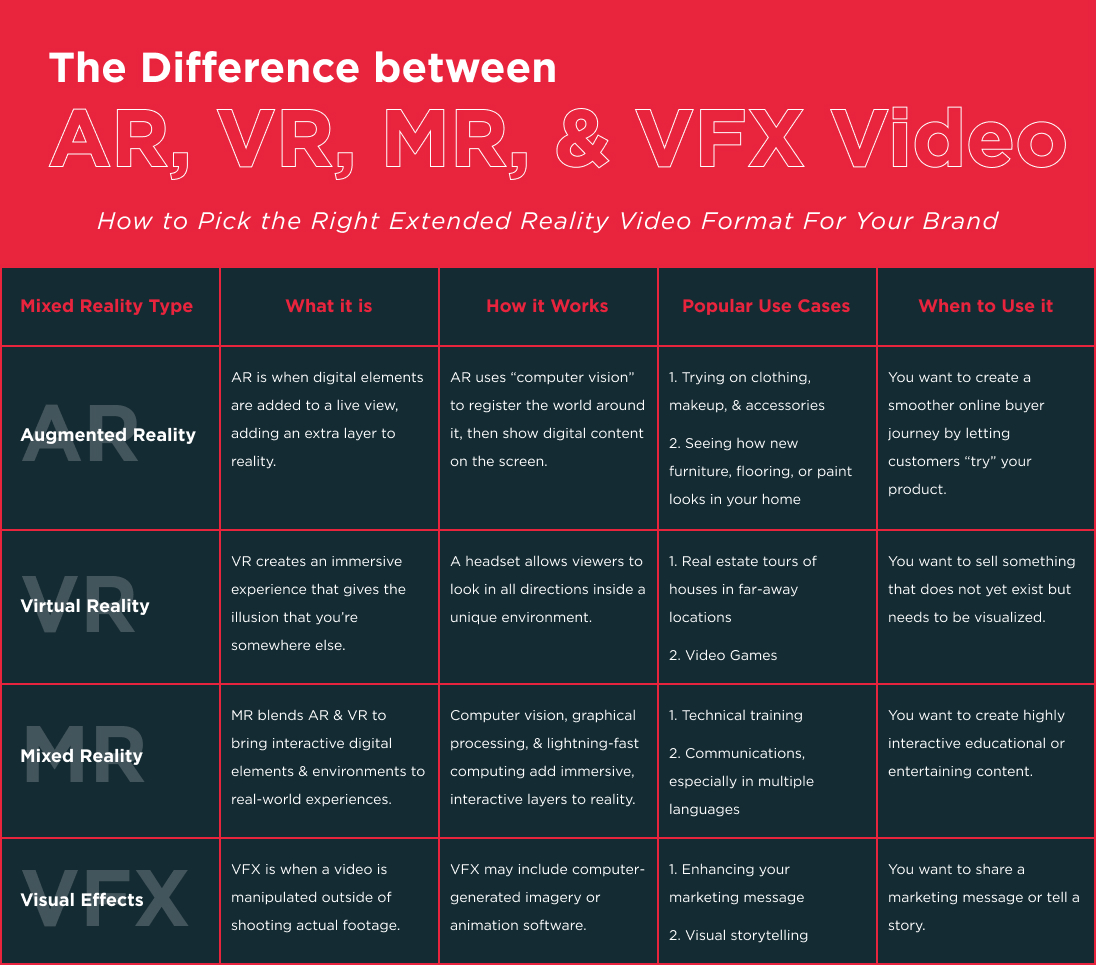



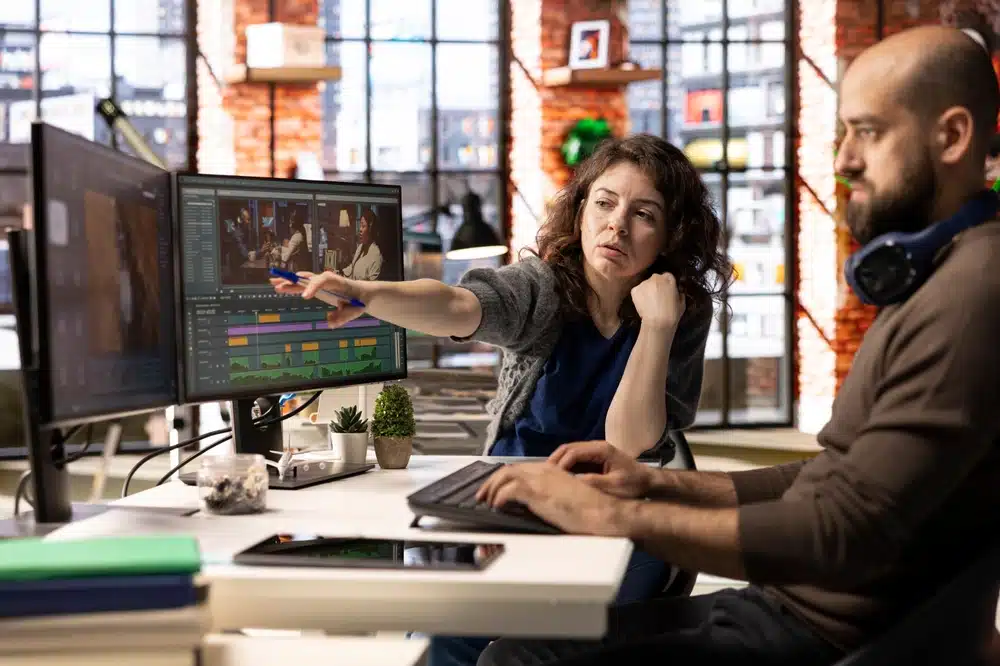
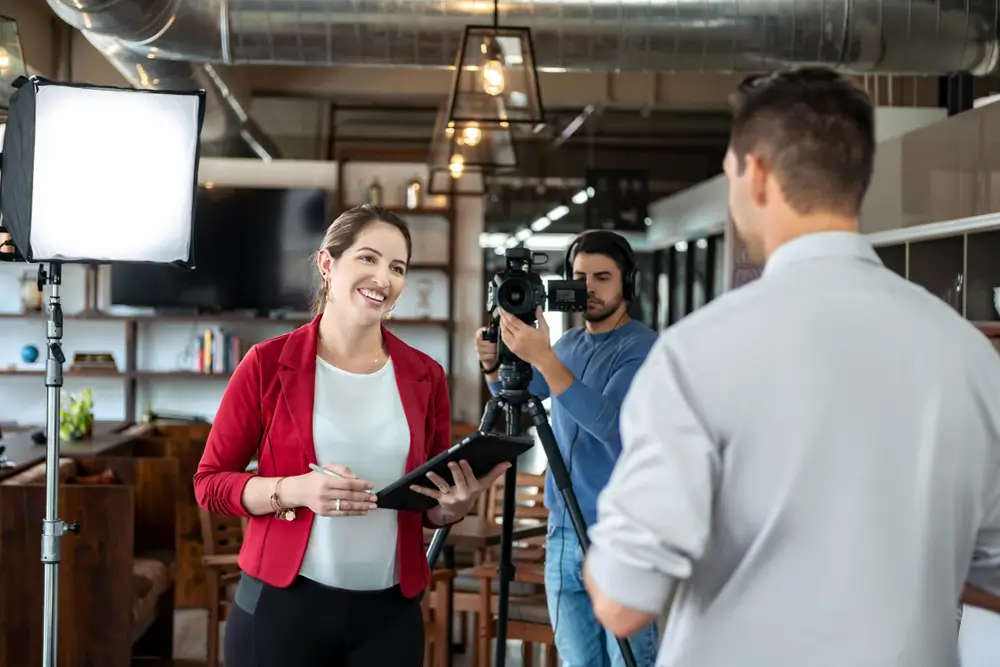
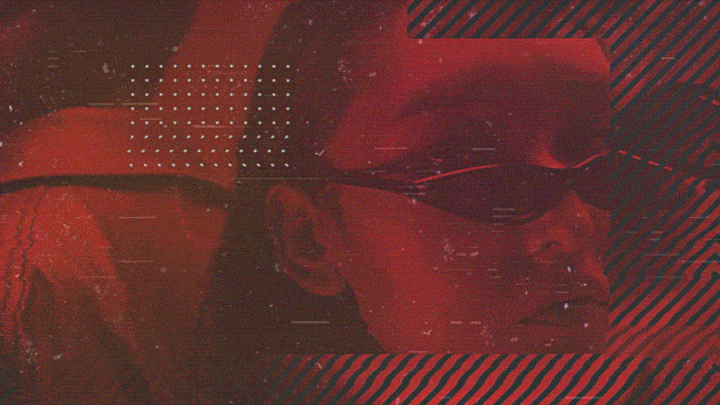
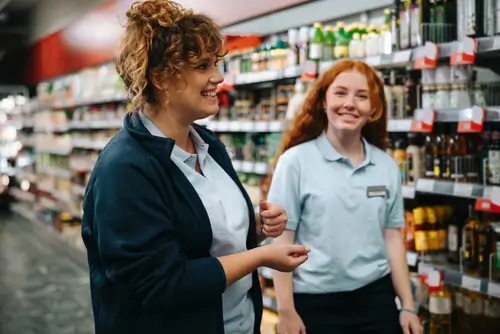
![Video Production Budget Template [Free Download] 6 Video Production Budget Template](https://wearecovalent.com/wp-content/uploads/2022/04/Video-Production-Budget-Template-min.gif)